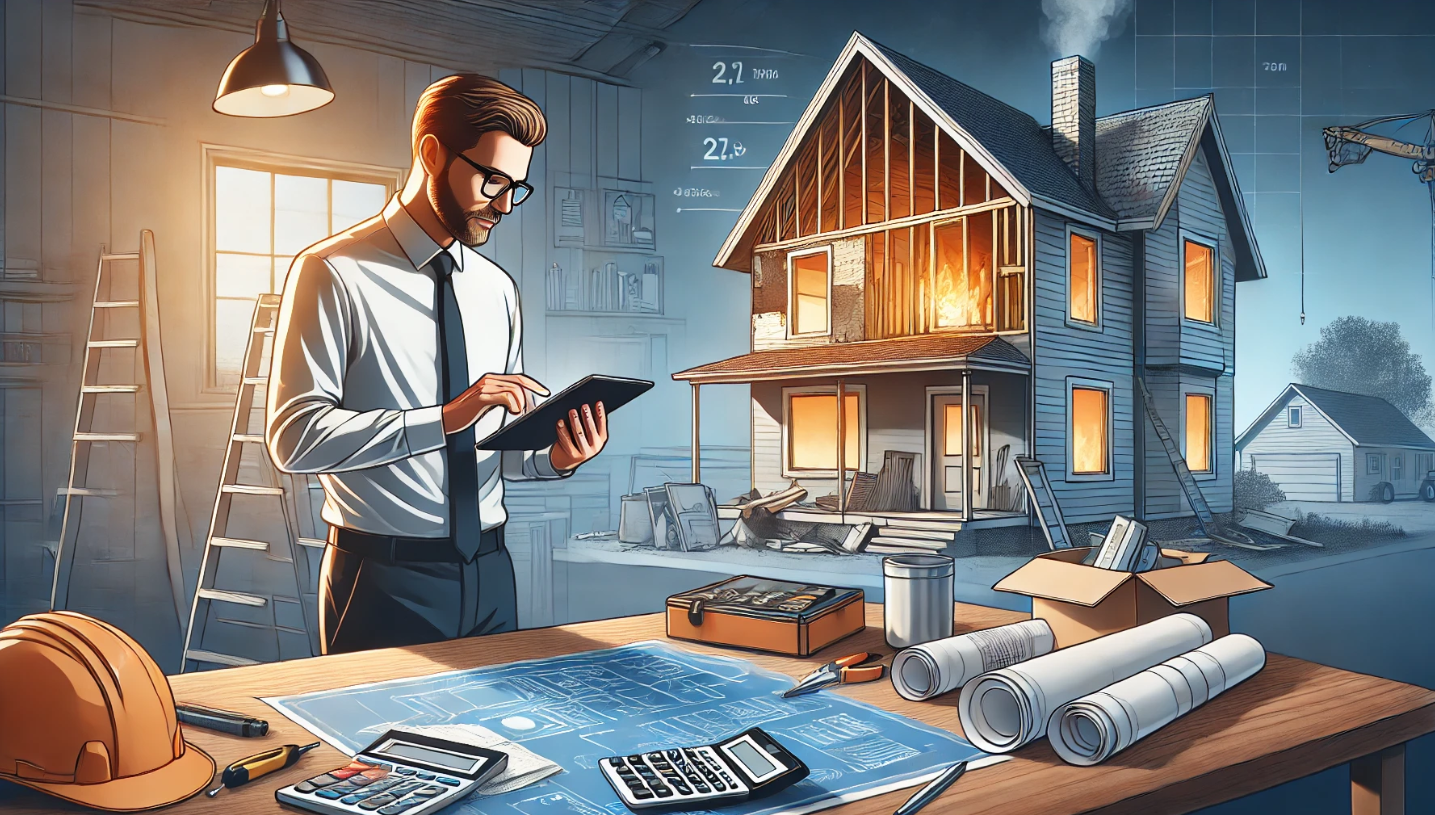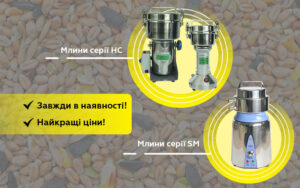Best Restoration Estimating Software – Fast, Accurate, & Easy to Use
Accurate cost estimation is one of the most critical aspects of restoration projects. Whether handling water damage, fire restoration, or structural repairs, contractors and insurance adjusters rely on precise estimates to determine budgets and streamline project execution. Without reliable estimating tools, businesses may struggle with miscalculations, project delays, and financial losses. Investing in the right software simplifies the estimating process, enhances accuracy, and improves overall efficiency in restoration management.
The Importance of Advanced Estimating Tools
Manual cost estimation methods often result in errors, inefficiencies, and time-consuming calculations. Adopting restoration estimating software allows businesses to automate calculations, integrate real-time pricing, and generate detailed cost breakdowns for every project.
The best estimating tools ensure that restoration professionals can quickly assess project requirements and provide clients with clear and transparent pricing. These software solutions come with built-in cost databases, advanced reporting features, and automation that eliminates human errors. With the right platform, businesses can enhance accuracy, reduce estimation time, and gain a competitive edge in the restoration industry.
Features to Look for in Restoration Estimating Software
Choosing the right software depends on the specific needs of a restoration business. While many platforms offer basic estimation tools, the best solutions provide comprehensive features that improve workflow efficiency and project management.
Key features to consider include:
- Automated Cost Calculations – Reducing manual entry errors and ensuring precise labor, material, and equipment cost estimation.
- Real-Time Pricing Updates – Keeping cost data current based on industry standards and regional pricing trends.
- Cloud-Based Access – Allowing remote teams to collaborate on estimates and project details from any location.
- Integration with Project Management Tools – Syncing cost estimates with scheduling, invoicing, and client reporting systems.
- Customizable Templates – Offering pre-built estimate formats for various types of restoration projects.
- Compliance with Insurance Standards – Aligning with insurer requirements to streamline claims processing.
By selecting software with these essential features, businesses can improve the accuracy and efficiency of their estimating processes.
Enhancing Speed and Accuracy in Cost Estimation
Time is a valuable asset in the restoration industry. Estimating projects manually can slow down operations, delay project approvals, and create bottlenecks in workflow management. Fast and precise estimating software ensures that businesses generate estimates within minutes rather than hours.
To enhance speed and accuracy, businesses should:
- Use Pre-Loaded Cost Databases – Rely on software that includes updated pricing for materials and labor.
- Leverage AI-Powered Estimations – Adopt automation that detects discrepancies and optimizes cost calculations.
- Streamline Data Entry – Minimize repetitive input tasks by using smart templates and saved cost structures.
- Improve Team Collaboration – Allow multiple users to work on estimates simultaneously through cloud-based access.
Optimizing cost estimation speed enables restoration businesses to handle multiple projects efficiently while maintaining pricing accuracy.
Top Software Solutions for Restoration Professionals
Several industry-leading estimating tools cater specifically to restoration businesses. These software solutions provide robust features that simplify cost estimation and ensure data consistency.
Some of the best restoration estimating platforms include:
- Xactimate – Widely used by insurance adjusters and contractors, this software offers advanced cost databases, 3D visualization tools, and compliance with insurer requirements.
- CoreLogic Symbility – A cloud-based solution that provides accurate cost estimates, real-time collaboration, and seamless integration with insurance claims.
- ClearEstimates – Ideal for contractors looking for an intuitive estimating platform with pre-built templates and customizable cost breakdowns.
- RSMeans Data Online – Provides industry-standard pricing data, ensuring accurate cost benchmarking for restoration projects.
- Simsol – Designed specifically for restoration professionals, offering automation features that enhance claim documentation and cost estimation accuracy.
Selecting the right software depends on the size of the business, the type of projects handled, and the level of detail required in cost reporting.
Improving Insurance Claim Approvals with Digital Estimation
Insurance companies require accurate, detailed, and well-structured estimates before approving claims. Restoration contractors who provide incomplete or inconsistent cost breakdowns often face delays in claim processing. Estimating software simplifies this process by generating reports that meet insurance industry standards.
Best practices for improving claim approvals include:
- Providing Clear Documentation – Ensuring all damage assessments, material costs, and labor expenses are well-documented.
- Standardizing Estimate Formats – Using software templates that align with insurance reporting guidelines.
- Enhancing Transparency – Offering itemized cost breakdowns that clearly justify restoration expenses.
- Minimizing Discrepancies – Ensuring that cost estimates are based on up-to-date pricing databases to avoid claim disputes.
By streamlining insurance claims, businesses improve cash flow, reduce administrative workload, and enhance client satisfaction.
Increasing Business Profitability with Smarter Estimation
Accurate cost estimation directly impacts profitability in the restoration industry. Underestimating project costs can lead to financial losses, while overestimating can make bids uncompetitive. Restoration estimating software helps businesses maintain competitive pricing while maximizing profitability.
Ways estimating software improves profitability include:
- Reducing Waste and Overhead Costs – Tracking material usage and labor efficiency ensures resource optimization.
- Enhancing Project Budgeting – Providing real-time financial insights that help businesses stay within budget.
- Increasing Bidding Success – Offering competitive, well-structured estimates that attract more clients.
- Eliminating Manual Calculation Errors – Preventing financial discrepancies that could impact project completion.
By leveraging estimating software, businesses improve financial accuracy and increase overall profitability.
Adapting to Industry Trends and Innovations
The restoration industry is evolving, with new technologies and industry trends shaping how businesses operate. Digital transformation has led to more automation, AI-driven analytics, and cloud-based project management, all of which influence cost estimation.
Key trends affecting estimating software include:
- AI and Machine Learning – Automating cost predictions based on historical data.
- Integration with Mobile Apps – Allowing estimators to assess damages and generate estimates directly from job sites.
- Enhanced Security Measures – Protecting financial and client data through encrypted cloud storage.
- Sustainability-Focused Cost Models – Adjusting estimates based on environmentally friendly restoration methods.
Businesses that stay ahead of industry trends ensure long-term success and maintain a competitive edge.
Conclusion
Choosing the right estimating software helps businesses improve accuracy, efficiency, and financial management. By using advanced cost calculation tools, restoration professionals reduce estimation errors, enhance project planning, and secure more insurance approvals. Investing in restoration estimating technology ensures that businesses remain competitive while maintaining high levels of service and profitability.














Post Comment